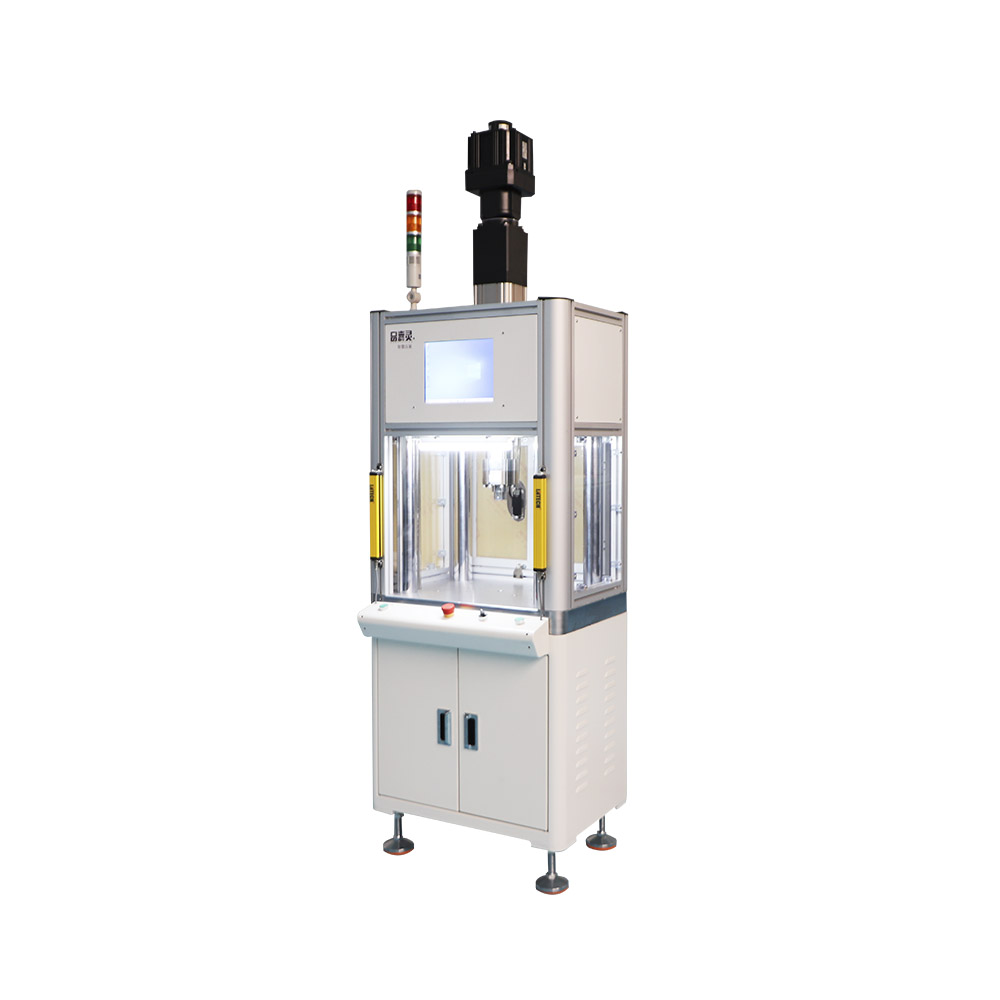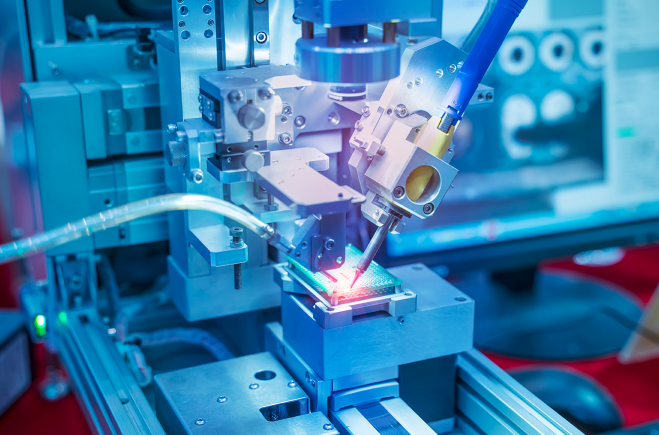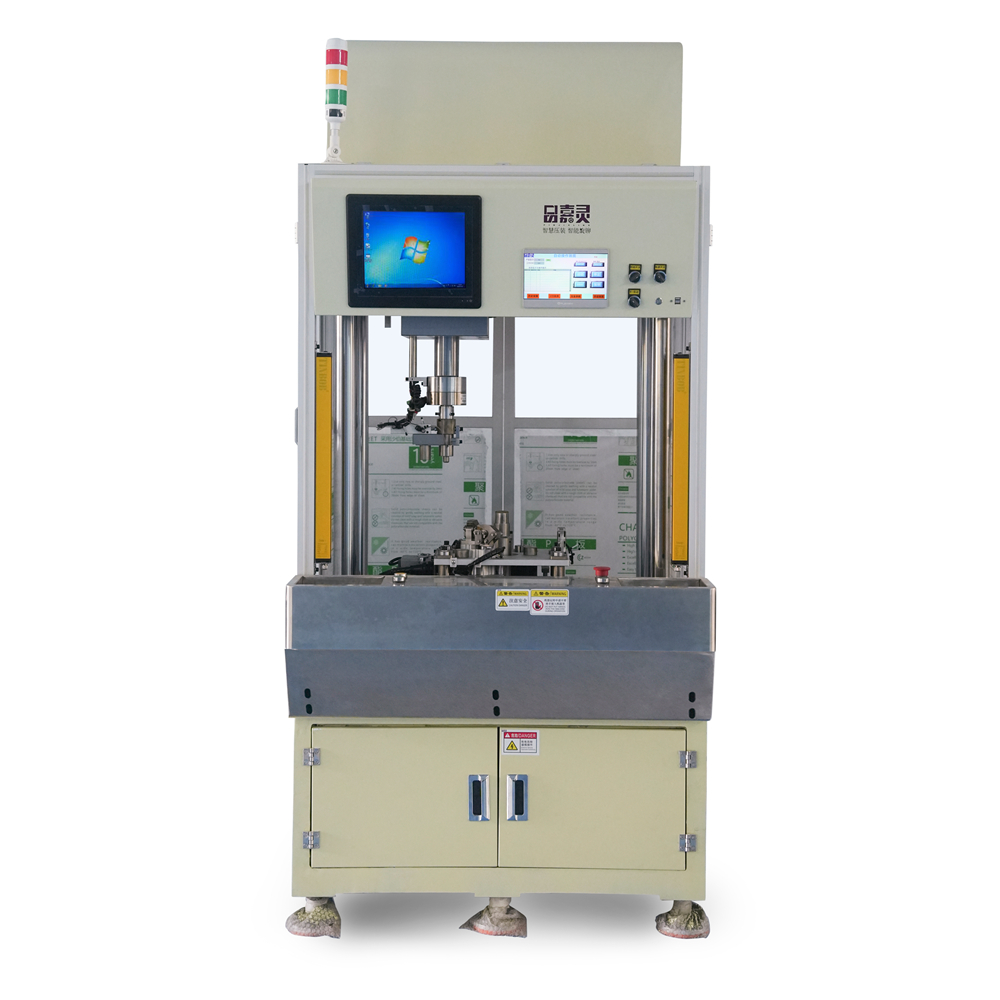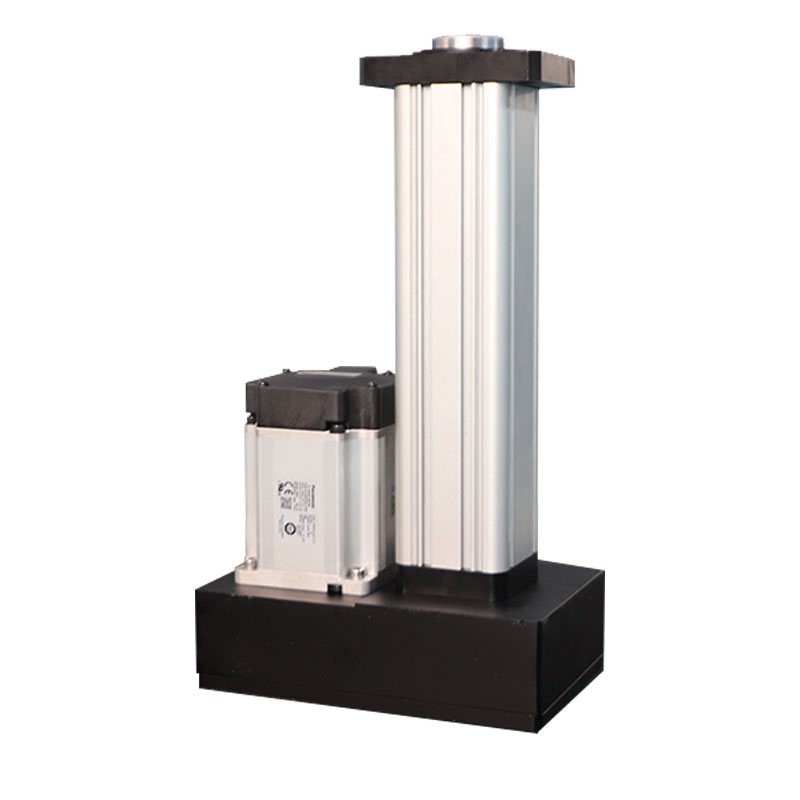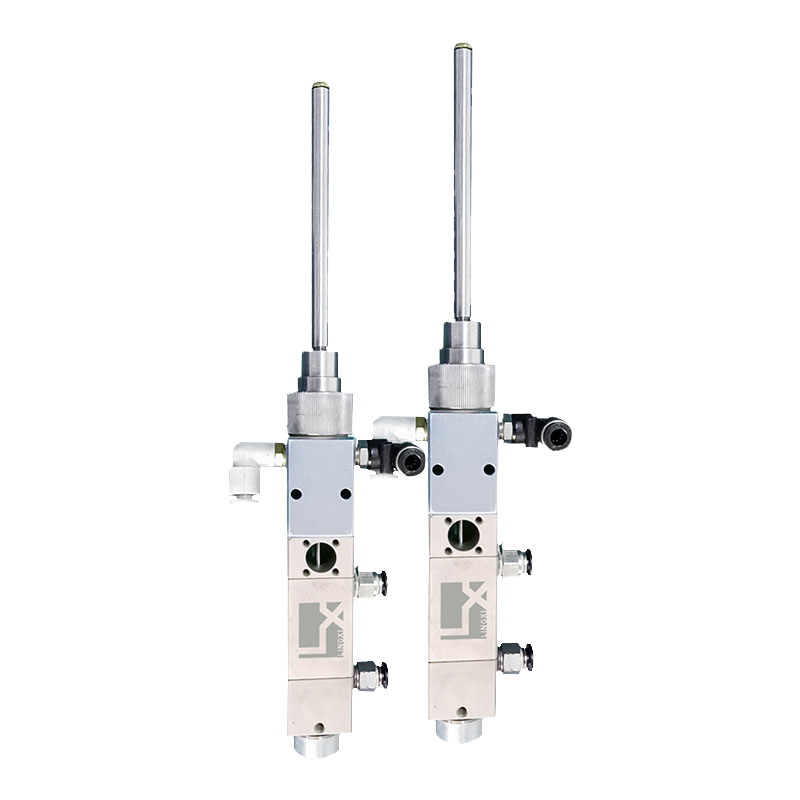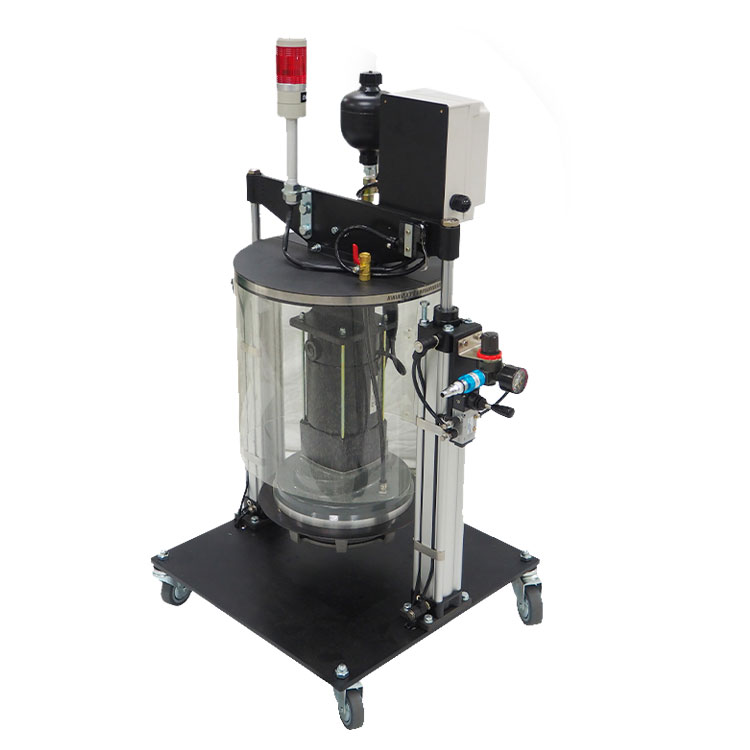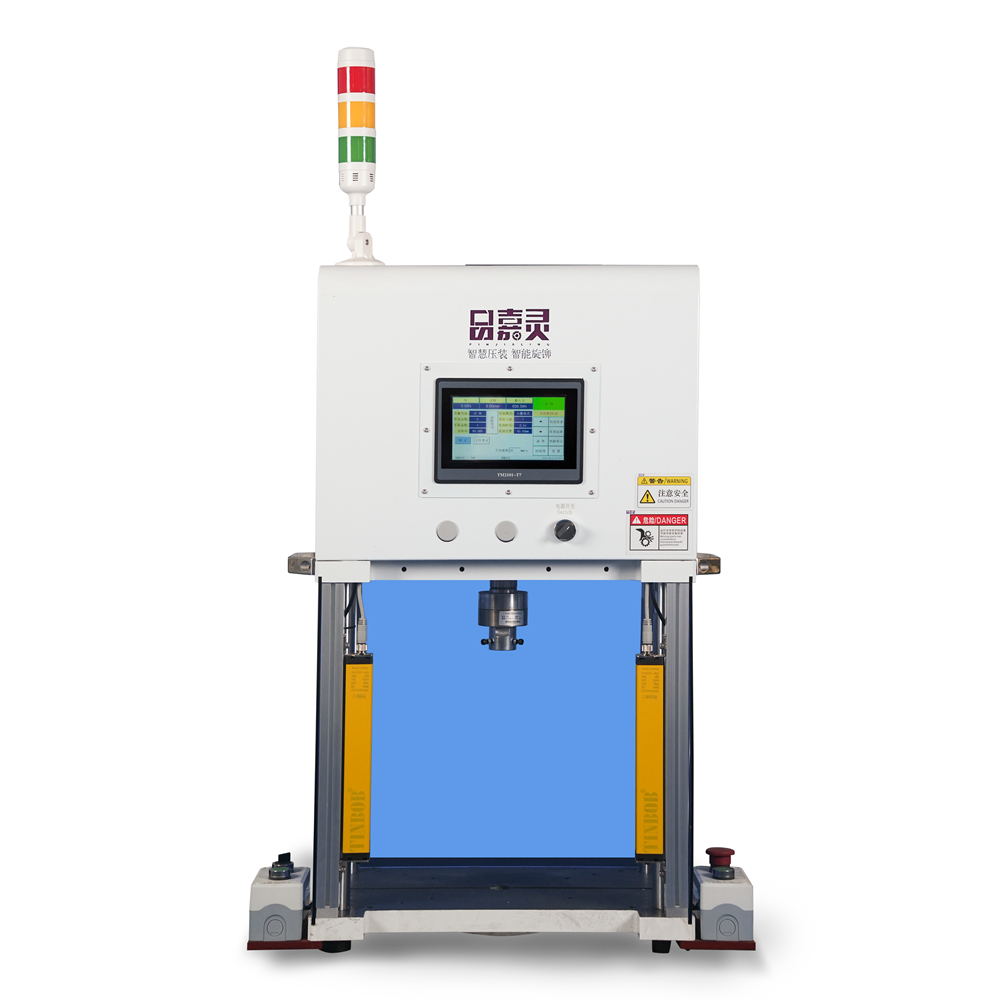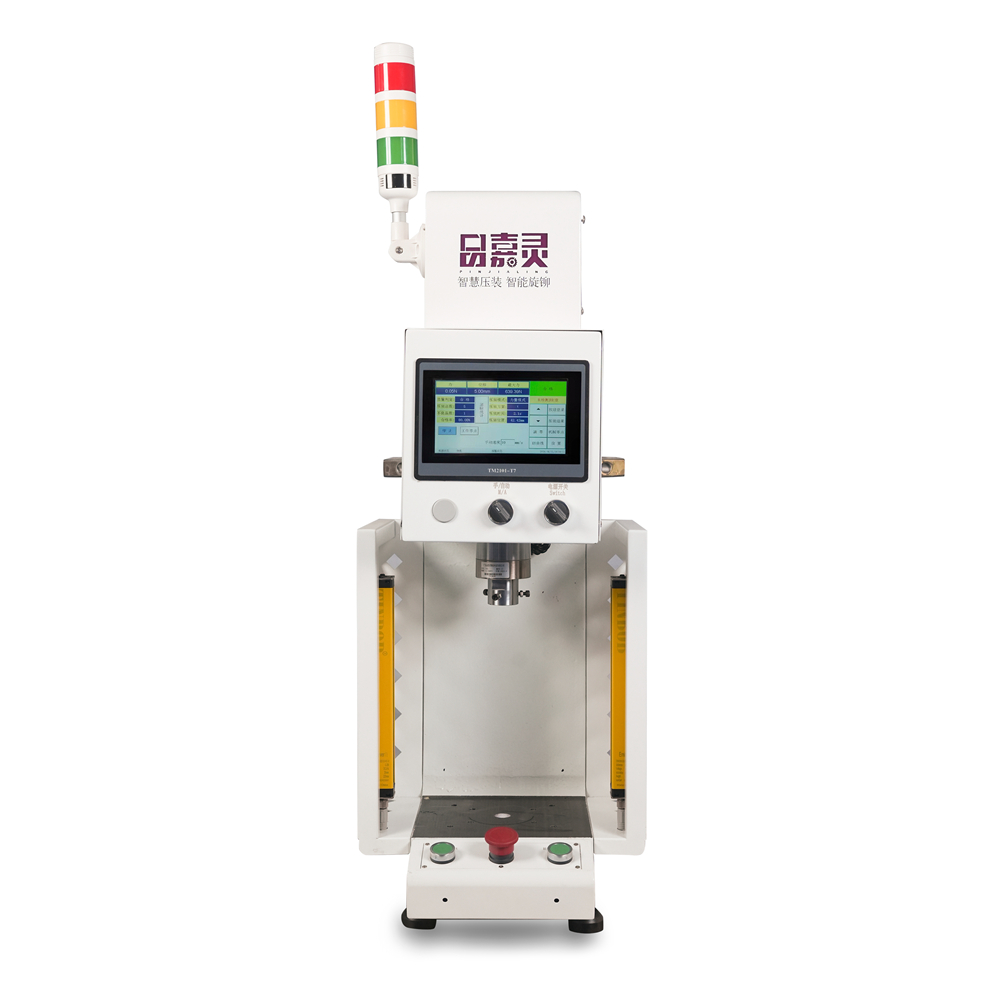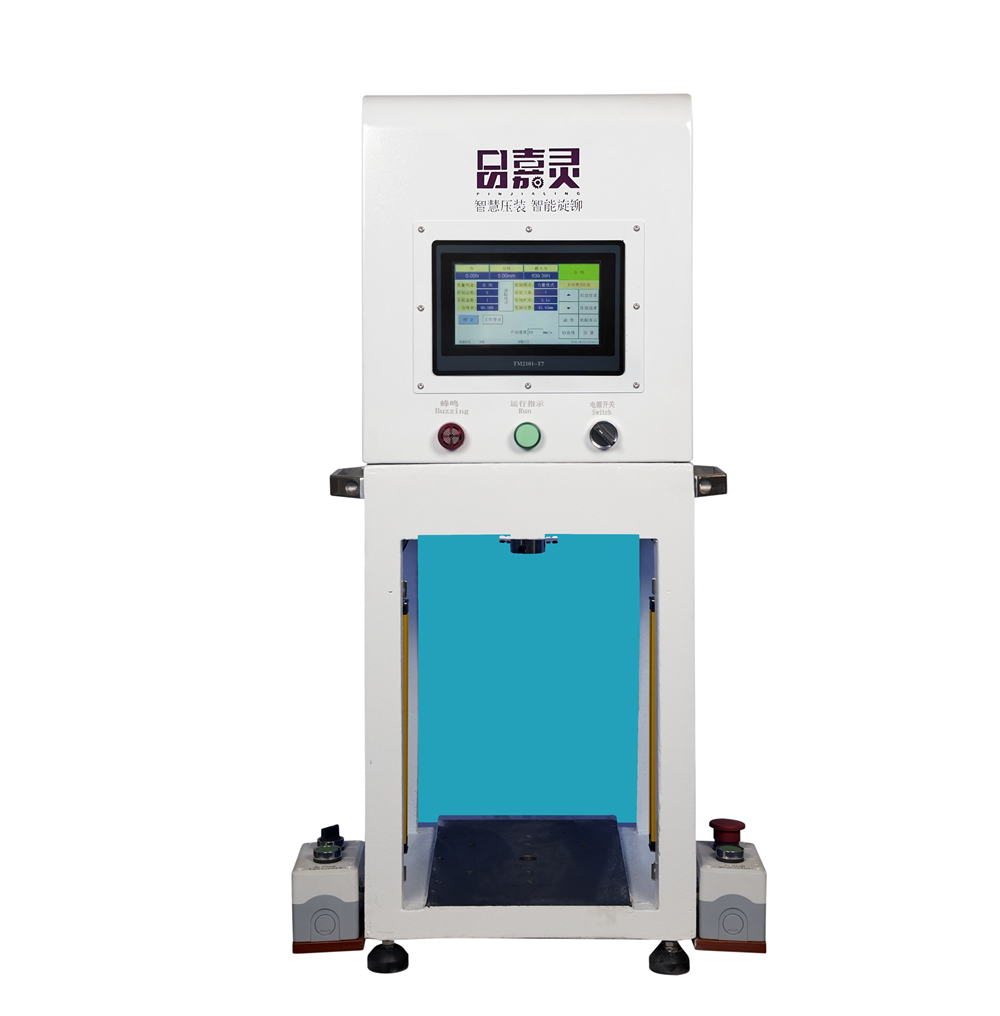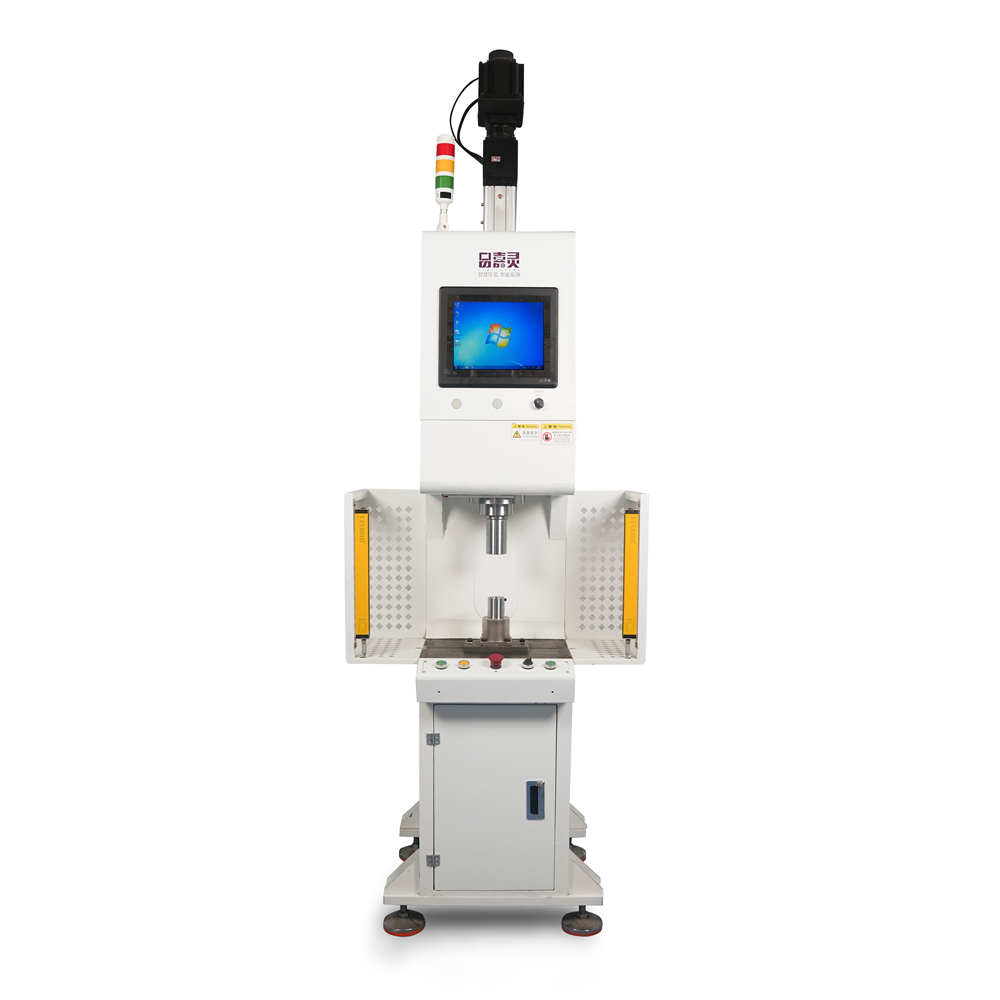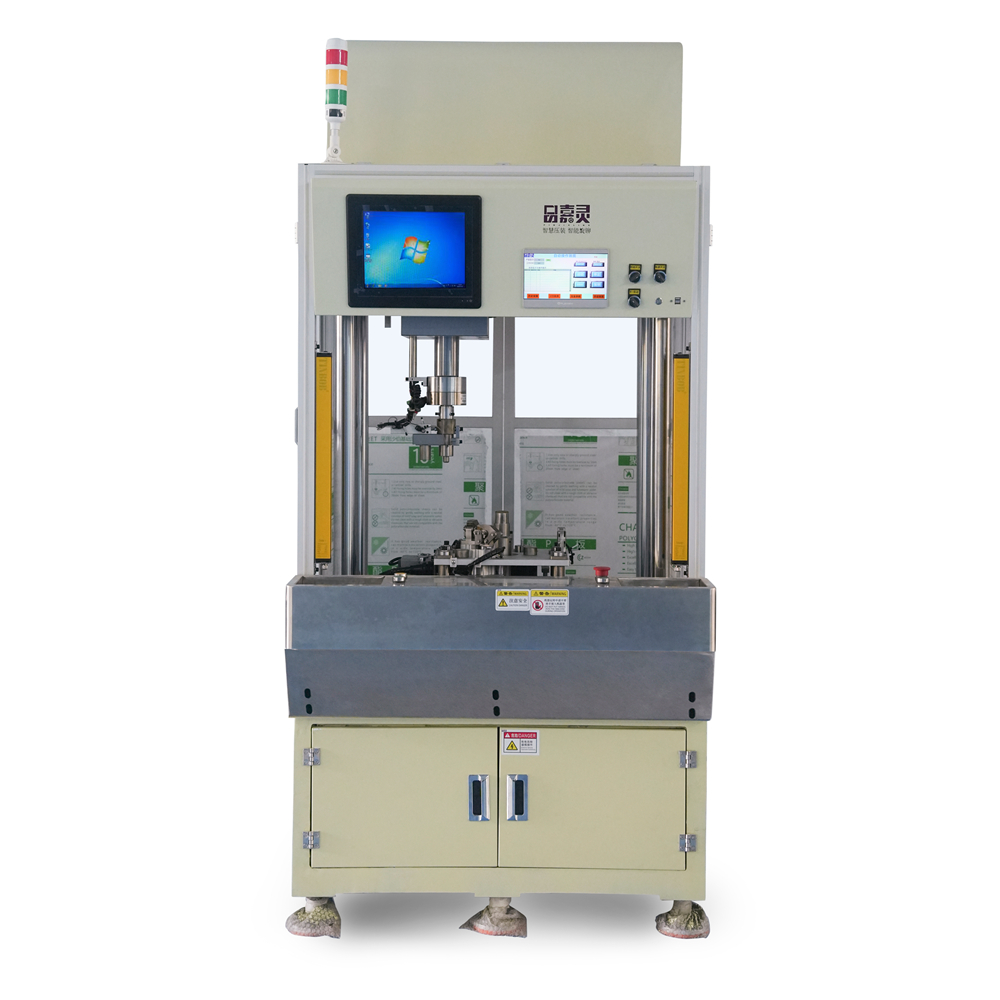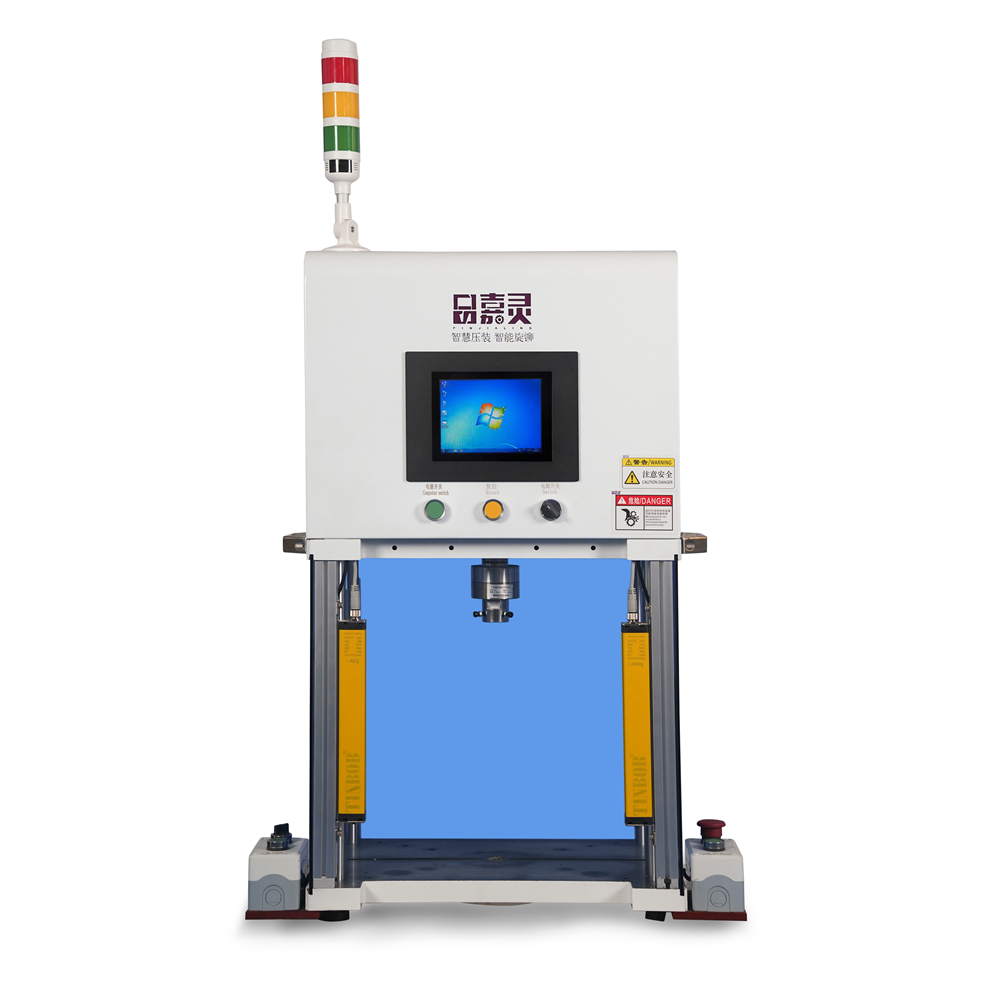Introduction to Four-Post Presses: A Guide to Understanding the Functions and Applications
Four-post presses are essential machines used in various industries for applications such as pressing, forming, molding, and more. These presses are known for their durability, stability, and versatility, making them a popular choice for manufacturers worldwide. This guide aims to provide a comprehensive understanding of the functions and applications of four-post presses, highlighting their importance and benefits in different industries.
What are Four-Post Presses?
Four-post presses, also known as 4-column presses, are machines designed to exert force or pressure on a material or workpiece. They consist of four vertical posts, often made of steel, arranged in a rectangular or square formation. These posts provide stability and support for the press\’s moving parts, including the ram or platen, which applies the force to the material.
The Functions of Four-Post Presses
Four-post presses serve several crucial functions in various industries. Here are some of the primary functions of these machines:
1. Pressing: The most common function of four-post presses is to exert force on a material, causing it to compress or change shape. This is achieved by lowering the ram onto the workpiece, applying the desired pressure.
2. Forming and Molding: These presses are also used for forming and molding applications, such as stamping, deep drawing, and extrusion. By using specialized tooling, manufacturers can shape materials into desired forms, creating products with precision and consistency.
3. Assembly: Four-post presses can be used to assemble components by joining them together with force. This is particularly useful in industries like automotive, where parts need to be securely connected.
4. Testing: Four-post presses are commonly employed in material testing and quality control processes. These machines can apply controlled force or pressure to test the strength, durability, and performance of materials or finished products.
5. Custom Applications: Four-post presses can be customized to suit specific applications and requirements. Additional features such as heating or cooling systems, automation, and advanced controls can be incorporated to enhance the press’s functionality.
Applications of Four-Post Presses
Due to their versatility, four-post presses find applications in a wide range of industries. Some notable areas where these presses are extensively used include:
1. Manufacturing: Four-post presses are widely utilized in manufacturing industries for various processes, including metal forming, plastic molding, and parts assembly. They enable precise and efficient production of components for industries like automotive, aerospace, appliance manufacturing, and more.
2. Rubber and Plastic Industries: Four-post presses are instrumental in the rubber and plastic industries for molding processes. These machines can shape raw rubber or plastic material into finished products, such as seals, gaskets, O-rings, and plastic parts.
3. Composite Material Manufacturing: Four-post presses play a vital role in the production of composite materials, which are widely used in aerospace, defense, and automotive industries. These presses ensure proper consolidation and bonding of composite layers, resulting in strong and lightweight products.
4. Research and Development: Four-post presses are crucial in research and development laboratories for testing materials and prototypes. They help scientists and engineers understand the behavior of materials under different conditions and validate their designs before full-scale production.
Benefits of Four-Post Presses
Four-post presses offer several benefits, making them highly sought after in various industries. Some key advantages of using these machines include:
1. Stability and Precision: The four-post design provides excellent stability and minimizes deflection during pressing or forming operations. This ensures precise and consistent results, crucial for maintaining product quality.
2. Versatility: Four-post presses can be equipped with a range of tooling and accessories, allowing for a wide variety of applications. They can handle different materials, shapes, and sizes, making them adaptable to changing production needs.
3. Durability: These machines are built to withstand heavy-duty operations and harsh environments. The robust construction and quality components ensure long-lasting performance and minimal downtime.
4. Safety Features: Four-post presses are equipped with safety features such as emergency stop buttons, interlocks, and guards. These measures protect operators from potential accidents and ensure a safe working environment.
Conclusion
Four-post presses serve as essential machines in various industries worldwide. Their functions range from pressing and forming to assembly and testing. These versatile machines find applications in manufacturing, rubber and plastic industries, composite material production, and research and development. With their stability, precision, and durability, four-post presses contribute significantly to efficient production processes and the creation of high-quality products.
- How does the S-type servo press work?
- As a kind of precision CNC servo electronic press, the working principle and characteristics of...
- What is a linear servo actuator?
- As an important mechatronic product, the linear servo actuator plays a key role in modern...
- Four-Column Gantry Servo Press: High Precision Pressing, Leading the Way in Intelligent Manufacturing
- In modern manufacturing, the four-column gantry servo press has become the preferred equipment for many...
- Servo Linear Actuator: Precise and Stable Industrial Force
- Servo linear actuator, as an important component in the field of modern industrial automation, plays...
- What exactly is a spray valve?
- Spray valve, this term is not uncommon in daily life and industrial production, but many...
- Electric Butter Machine: Detailed explanation of mechanism, structure and function
- As an efficient and convenient butter production equipment, the electric butter machine realizes the fast...




